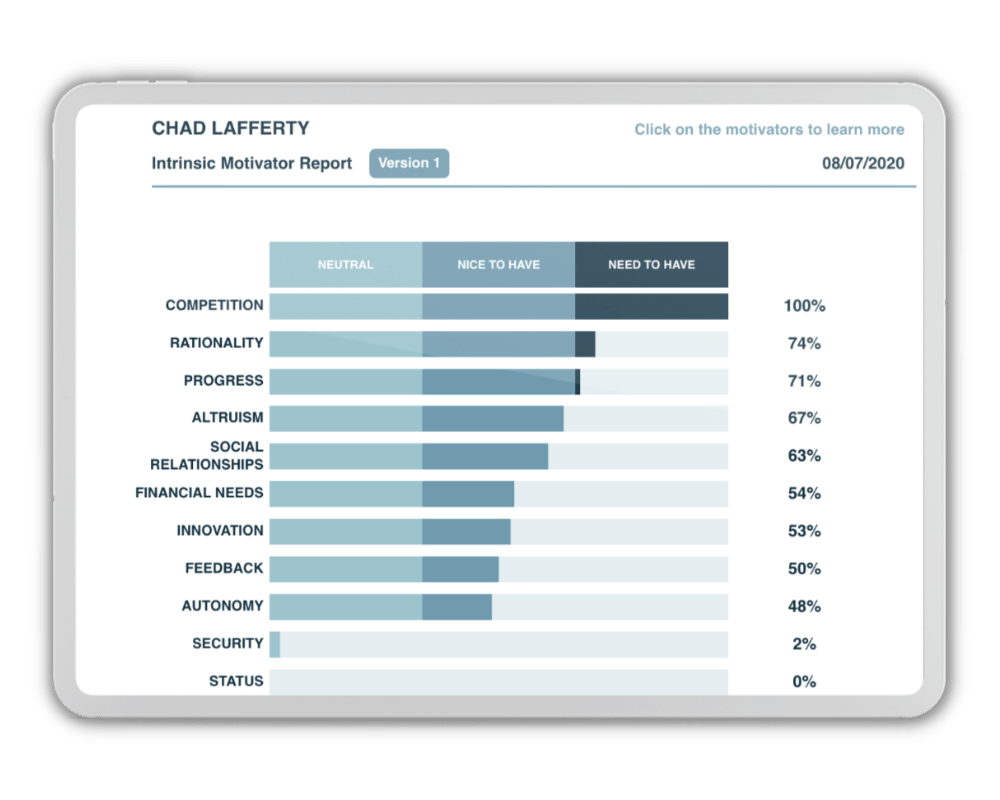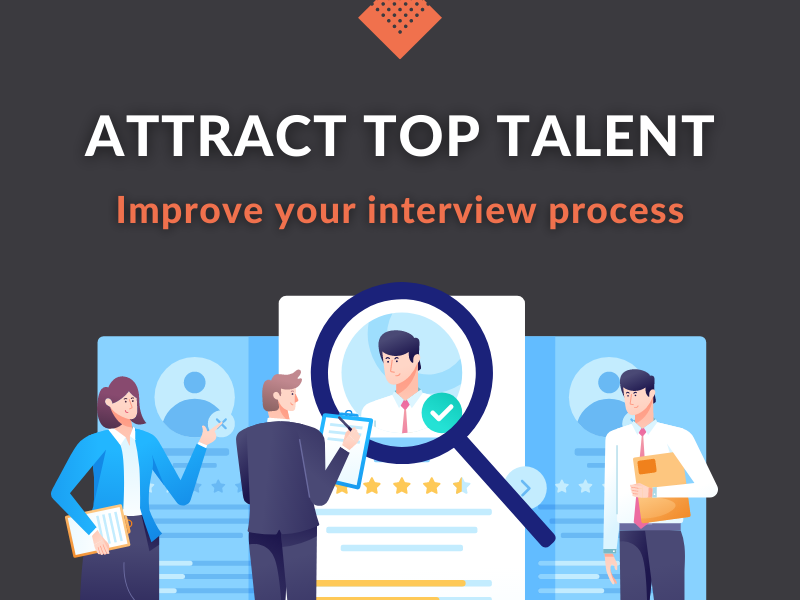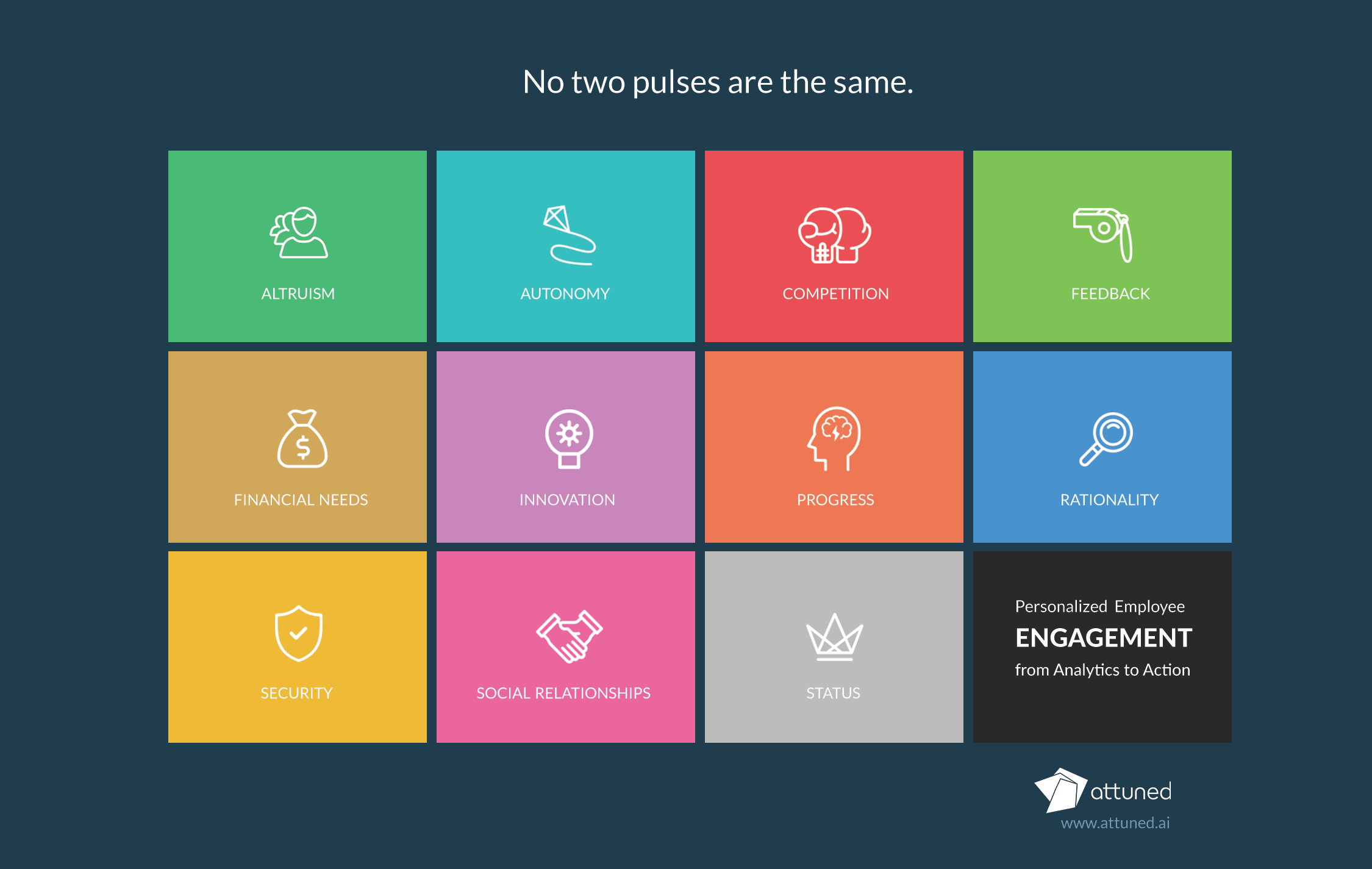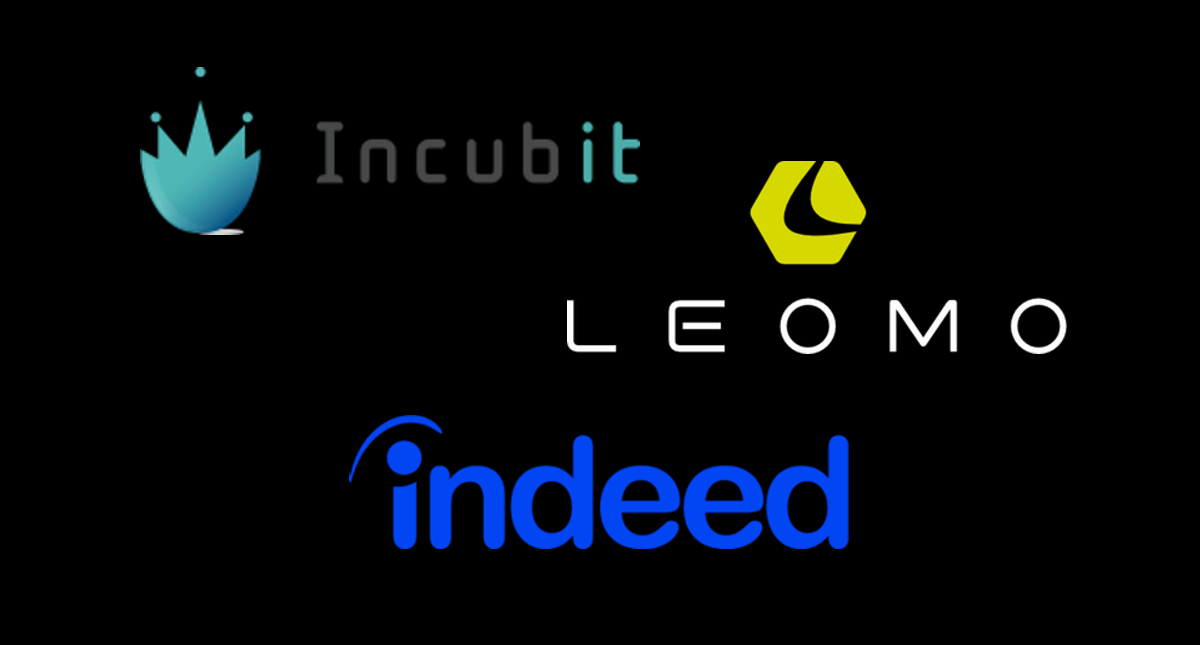How to Improve Your Interview Process to Attract Top Talent
This article was originally published on the Attuned blog, our sister business.
Source: The Japan Institute for Labour Policy and Training
I recently participated in a panel discussion about how talent acquisition leaders are adapting to a changing market. Having run a recruitment company in Japan, one of the most challenging markets in the world, the topic of candidate shortage was one I was keenly aware of. The most recent data shows that for every job applicant, there are 1.13 job openings; and this is after 2 years of pandemic that cut many jobs. For high-skilled positions, that ratio is much higher.
Adding to this, the Global Talent 2021 report shows that Japan’s talent gap is expected to grow by an annual average of 1.4% per year over the next decade, only Taiwan’s forecast is worse.
With the situation the way it is, companies are lucky to find two or three qualified candidates—a lot fewer than we could have expected to see previously. So instead of being able to prioritize your top three candidates from a long list, you’re often left crossing your fingers and hoping that one of the candidates will accept your offer.
Finding vs Attracting Talent
Not too long ago, I wrote about how The Great Resignation was creating drastic changes in the type of workplace benefits people are seeking, with ping pong tables and free snacks being usurped by greater flexibility.
And, given the number of jobs and choices that candidates have, it’s made attracting talent harder than ever. It’s also more important than ever, since your chances of closing a candidate hinge on your ability to provide an offer and an employee experience that matches their personal motivations. The usual levers—salary, bonus, and other incentives—just aren’t getting the job done on their own anymore. And before you even get there, you have to sell the candidate on your company, mission, and culture.
Differentiate During the Interview
Does your interview process reflect your company values and culture? It should, because that’s certainly what the candidate is experiencing. If they are meeting busy hiring managers who are checking email and Slack during a virtual interview, what does that say about the company culture? If they have several interviews with different managers and get asked a lot of the same questions, what is their impression likely to be?
Interviews are a two-way street, and if you want to have a chance to close your top candidate, then you need to convince them from the first interview to the last that your organization has something unique to offer them. Here’s how to start.
Be Transparent
According to Glassdoor, 96% of job seekers value companies that embrace transparency, so while you may be tempted to gloss over the challenges of a particular position, don’t. Paint a fair picture of the role and challenges. The last thing you want is for a great candidate to join and realize two weeks in that they were misled as to the state of things. In my experience as a recruiter, when being upfront with the difficulties of a role, candidates tended to relish the challenge that would come with solving the problem. And those that didn’t? They would have been a disaster anyway, so better that they opted out early.
Use Innovative Interview Techniques
By innovative, I don’t mean asking trick questions designed to trip up candidates. Or worse, just plain ridiculous questions like, “If you were a biscuit, what biscuit would you be?” You can bet that I’m walking out of that interview just as fast as my legs can carry me.
Instead, use a tool like Attuned to understand the candidate’s Intrinsic Motivators, then ask powerful questions. By sharing your own and your company’s key Motivators with candidates, you’ll provide transparency and offer a real window into your company’s culture and values.
Give Instant Feedback
The worst thing you can do is leave a great candidate hanging. Keep in mind that other companies will be moving very aggressively, and in the absence of meaningful feedback, the candidate will be tempted to prioritize other offers. Instead, offer instant feedback at the end of each interview. If their experience isn’t quite right, but you still think they are a great candidate, tell them what challenges they may face in the job and how your organization would support them. In terms of Motivators, you’ll be appealing to Competition (meeting challenges), Progress (improving their skills), and Feedback (letting them know you are a company that provides transparent and honest feedback).
That doesn’t mean that you have to offer them the position on the spot, but sharing your thought process and asking for any additional information from them will prevent them from potentially getting stuck in limbo.
Conclusion
The problem of finding talent isn’t going away, but by taking a fresh look at your interview process you can certainly find ways to increase your chances of closing the great candidates that do come through. By increasing the transparency of the process, adding innovative steps that also collect useful data, and by providing more feedback, you’ll find that candidates stay more engaged in your interviews and communicate more openly themselves, thus setting the stage for a positive and long-standing relationship.























